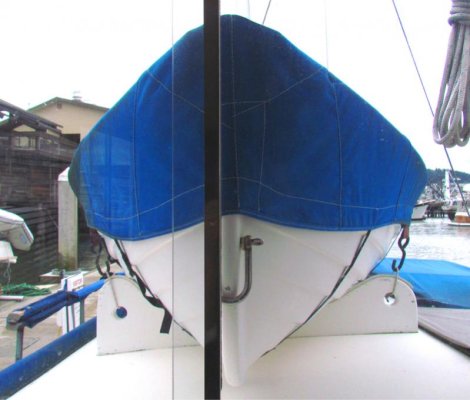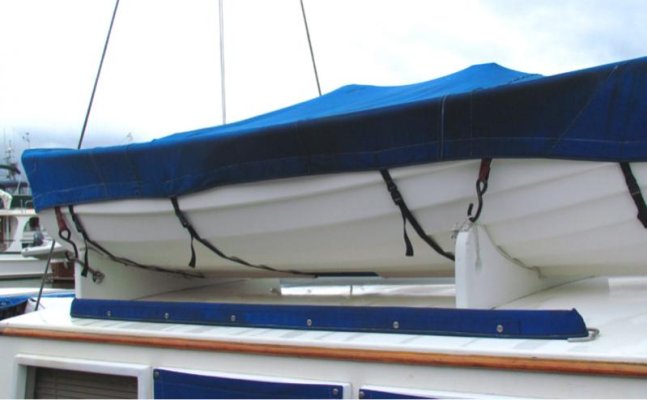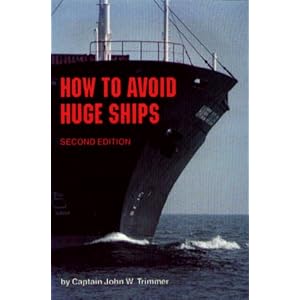captrigney
Senior Member
- Joined
- Sep 22, 2012
- Messages
- 177
- Location
- USA
- Vessel Name
- Meander
- Vessel Make
- 1983 Grand Banks 36 Classic
...."I've made my share"
Learning from other's is what online forums are all about. I'm sure many of us have first or second hand stories of near disaster that would serve as a warning to others.
Please share.
Here is a second hand warning to get started:
[URL="http://www.woodyboater.com/communityweb/a-life-changing-journey-part-1-the-adventure/"]http://www.woodyboater.com/communityweb/a-life-changing-journey-part-1-the-adventure/[/URL]

Learning from other's is what online forums are all about. I'm sure many of us have first or second hand stories of near disaster that would serve as a warning to others.
Please share.
Here is a second hand warning to get started:
[URL="http://www.woodyboater.com/communityweb/a-life-changing-journey-part-1-the-adventure/"]http://www.woodyboater.com/communityweb/a-life-changing-journey-part-1-the-adventure/[/URL]






